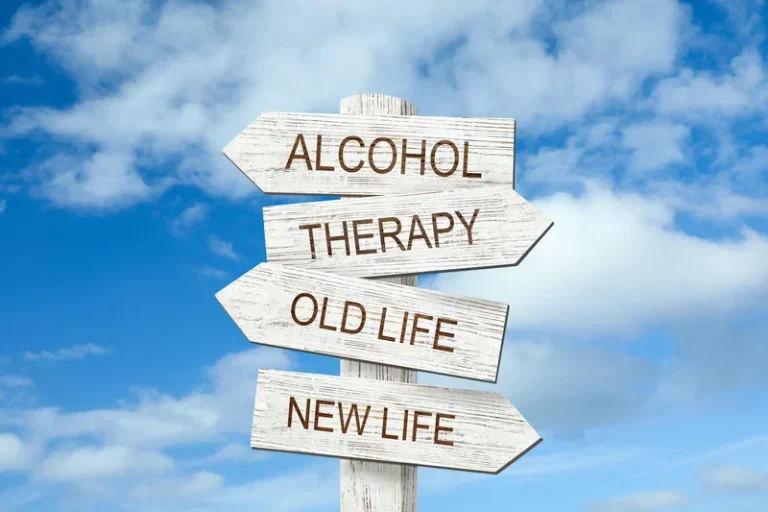
It’s a significant step towards recovery, and while it may be challenging, it’s a journey worth undertaking for improved health and well-being. This method works best with gradual reduction, as alcohol withdrawal symptoms can start within 12–24 hours after stopping drinking. Generally, alcohol-free days are better towards the end of a gradual reduction, not towards the beginning. Those who find that they cannot taper off the number of drinks for any significant length of time have likely developed alcohol use disorder, a condition commonly known as alcoholism.

Solving the Puzzle: Am I Really Going Through Opiate Withdrawal?
- Discover how can group therapy help treat my addiction, fostering support and connection on the path to recovery.
- The goal is to ensure a smooth transition that minimizes withdrawal symptoms, keeping health and well-being at the forefront.
- When you are detoxing from alcohol at a rehab center, nurses and doctors monitor vital signs, provide adequate nourishment and treat complications if they occur.
- This can be done by reducing the number of drinks, increasing time between drinks or choosing a weaker drink with a lower alcohol content.
- At times, it’s easy to forget why you entered recovery in the first place.
- Sodium, calcium, potassium and magnesium are common electrolytes in sports drinks.
Emotionally, you may feel some anxiety or sadness about ending a chapter of your life and nervousness about the future. “You may learn things about yourself and about your relationship to this substance that you never even thought about,” he adds. But, perhaps most importantly, understand that setbacks happen and that progress takes time or may look different than imagined. Alcohol withdrawal can cause many symptoms, some of which can be fatal.
How Long Does it Take to Detox from Alcohol at Home?

If you begin to experience serious withdrawal symptoms, drink enough to make the symptoms subside. You may be able to detox at home and still attend outpatient therapy or support group meetings. The brain compensates for the depressive effects of alcohol by increasing its activity. Even with tapering, you may still how to wean off alcohol experience some withdrawal symptoms.

– Get medical assistance if you experience anything beyond mild withdrawal symptoms.

Quitting drinking can feel very isolating, making it even more difficult to do alone at home without medical support. Direct tapering is not recommended for liquor drinkers as it is challenging to measure amounts and can result in binge drinking. Additionally, mixed drinks may contain sugar or other additives that could exacerbate withdrawal symptoms and should be avoided during the taper. Discover the best rehab centers in NJ for effective recovery and personalized addiction treatment options.
- Because everyone’s body reacts differently, there’s not a lot of research that proves tapering can decrease the effects of alcohol withdrawal.
- Treatment for alcohol withdrawal involves a combination of nonpharmacological approaches and pharmacotherapy.
- Find a supportive friend or family member to be with you while you withdraw and support your new non-drinking lifestyle.
- By substituting alcoholic drinks for non-alcoholic drinks, you can still engage in most of your habit without getting the alcohol that makes it addictive.
- People with AUD may be unable to quit drinking alcohol on their own or have attempted to quit before and relapsed.
- Explore how increasing alcohol prices decreases alcohol-related deaths and impacts public health today.
Dealing with alcohol withdrawal is a challenging process, and it’s crucial to understand the potential severity of symptoms and the need for medical intervention. This is particularly true when the symptoms are severe and potentially life-threatening. If you or someone you know is quitting alcohol and experiences seizures, DTs, hallucinations, or other major effects, seek immediate medical attention or call 911 for help. If you’re living with alcohol use disorder, treatment at a medical rehabilitation facility is your best option. Through therapy, support groups and medication, you’ll be supported on your path to recovery. Laying it all out in black and white can take time and some serious self-examination.
Figuring out where to start your alcohol taper schedule can be challenging. Counting each drink you consume may seem simple, but all drinks are not created equal. The alcohol content itself is important, and it depends on the percentage of alcohol, the proof of the alcohol and the actual amount of alcohol in the drink. Get professional treatment and long-term support to prevent relapse. Set up therapy, counseling and support groups, a plan for sober living, and follow-up medical evaluations.
- It’s important to note that this method may not be suitable for everyone, and it’s advisable to seek medical advice for personalized guidance.
- Having a clear plan in place can greatly enhance the success of reducing alcohol consumption.
- Identifying and understanding your personal triggers is an important step in the recovery process.
- However, the initial stages of tapering can also bring emotional challenges, as your body and mind adjust to lower levels of alcohol.
- Tapering can be an excellent way to prevent harmful withdrawal effects after ceasing alcohol intake.

